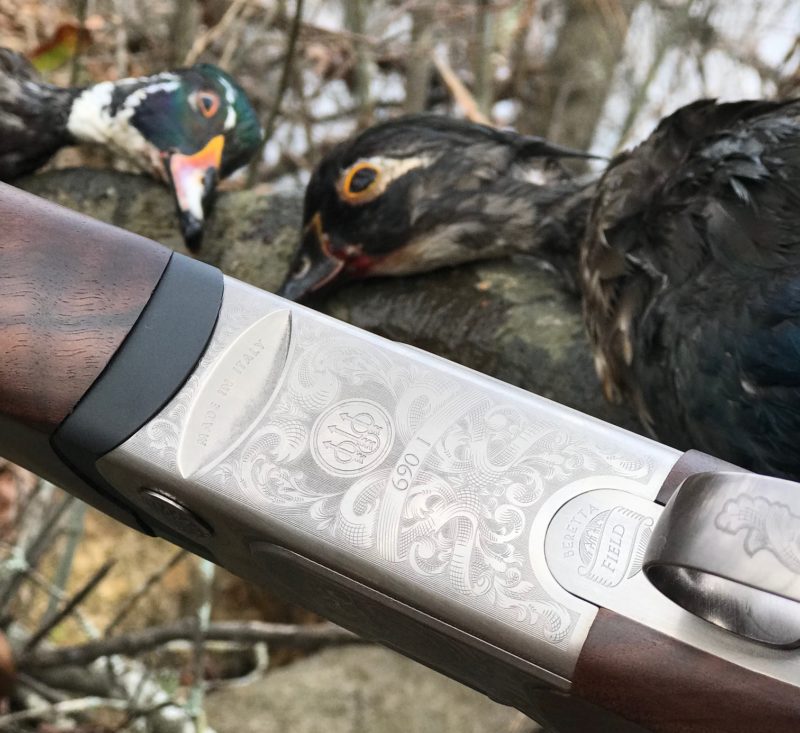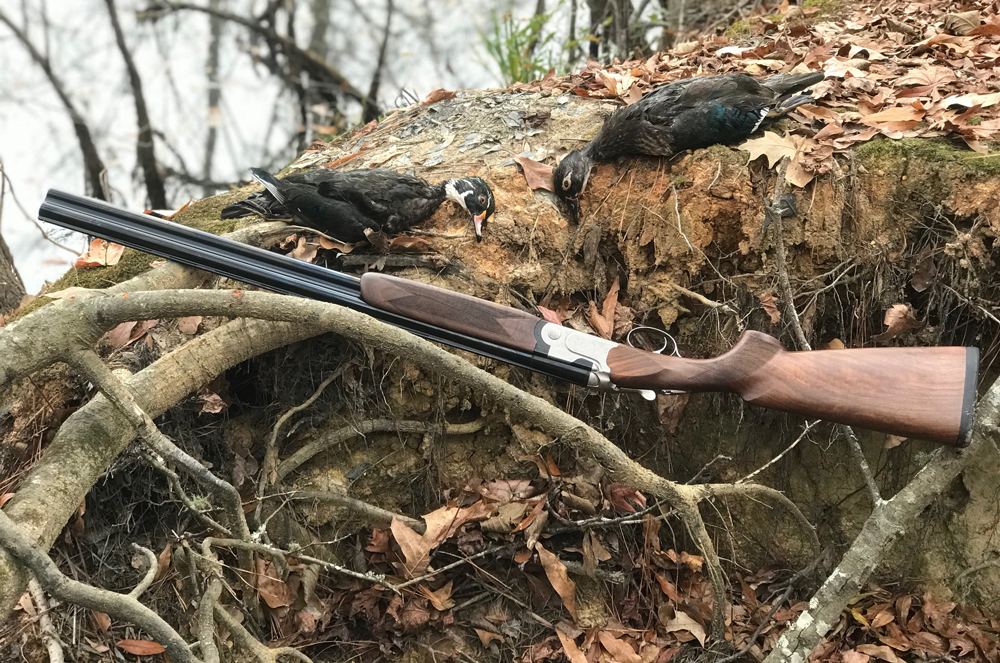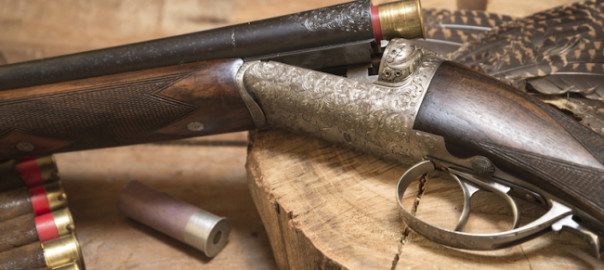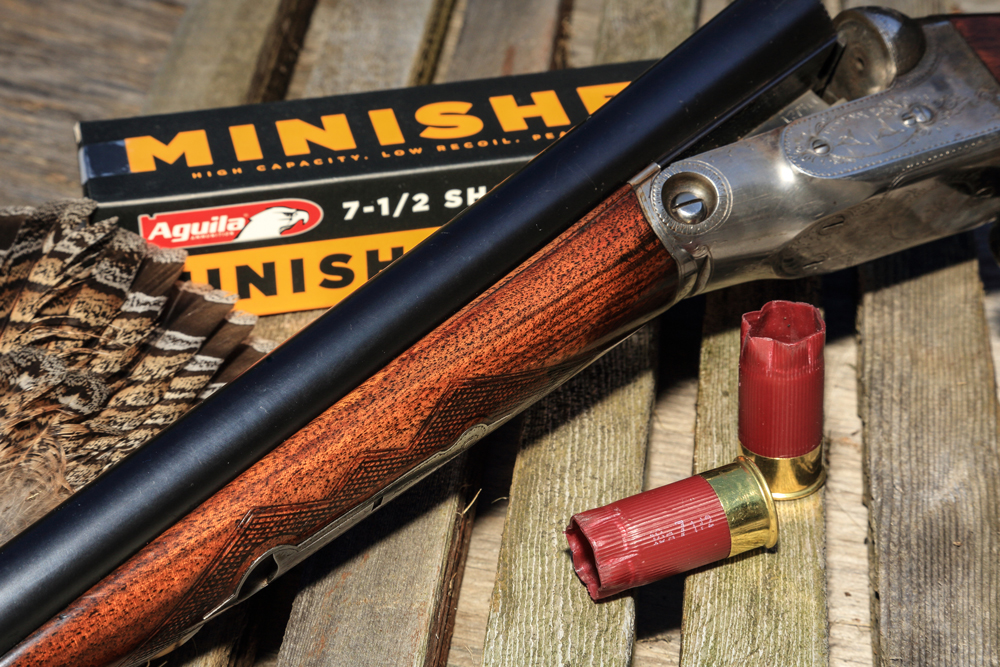It’s no secret to those who know me that I’m a big fan of double guns, especially the Italian over-and-under and side-by-side shotgun varieties. So when I read that Beretta had introduced the new 690 Field I model as an improvement over their tried-and-true 680 series, I was immediately interested.
For those of you unfamiliar with the Beretta 680 line, it has been the company’s workhorse over-and-under since 1979, and they’re selling just as good today as they were back then. The 690 Field I would best be compared to the 686 Silver Pigeon I. Without getting into too much detail on the latter, owners have come to enjoy Silver Pigeons as excellent field shotguns that can handle some seriously high-volume shooting. They’re built like tanks but somehow manage to pull off a simple yet elegant look. Italians have a way of doing that.
I first started shooting the 686 when Joe Cantey, a six-time world champion of sporting clays, told me he considered them to be the best all-purpose over-and-under to be had. Joe told me he used them in his rental fleet for years with very few mechanical hangups—which, when presented, could be easily addressed by him personally or via a quick trip to the folks at the Beretta service facility. With an endorsement like that, I picked up my first one in a used sale and honestly never found anything I didn’t like about it . . . until I shot the 690.
The improvements from the 686 Silver Pigeon I to the 690 Field I are few but very well thought out. I was very happy to learn that Beretta didn’t try to reinvent the wheel with this gun, as I’ve seen horrible results when companies tried to fix an already-great system. These days, “improved” is often a clever dance around “cheaper to manufacture,” but that certainly isn’t the case here.
At first glance, I immediately noticed that Beretta opted for an upgrade in the wood department. Every 690 I handled had nice, dark figuring to the wood (I always thought the stocks on the Silver Pigeon I to be a little plain and my only disappointment). The stock on my 12-gauge 690, though, is perfectly oil-finished and matched. Everyone who has handled the gun has made a comment about the attractive wood.
The only other appearance upgrade is the floral engraving on the 690. This isn’t a huge upgrade over the Silver Pigeon I, but it’s obvious the detail work was improved. I’m not sure if Beretta changed their process here, but it certainly looks more refined.
The mechanical side of the 690 is where Beretta made bolder moves: the barrels have an updated taper and the forcing cones were lengthened to improve the shot pattern. More shot on target with a field gun obviously means a quicker end to whatever you’re after, so I’m really happy with this improvement.
The other notable difference is the option to choose between manual and auto extraction. Although I don’t see myself using this option often, it’s a great feature for those who will. Moving between the manual and auto modes is as simple as rotating a pin on the ejector assembly under the forend. It really couldn’t be an easier adjustment.

When I put the 690 to the test in the field, it performed as exceptionally as I figured it would. There isn’t a shotgun in my stable that hasn’t been on a waterfowl hunt with me, and the 690 is no exception. I usually shoot an autoloader at ducks, but I was eager to test the Beretta, so I took it to my secret wood duck spot. In my opinion, if you can hit a passing wood duck as they juke through flooded water oaks, it means the shotgun points well.
I missed my first two ducks in this case, but it was entirely user error. Switching from my auto to the 690 meant I needed to get lower on the gun, and I just whiffed. My next two trips to the same spot resulted in going two-for-two twice—I normally can’t make that happen on a bet. I can now confidently say the 690 will feed you when you’re ready.
To summarize my experience with the 690, I’d have to say that I was scared of what Beretta was trying to do. When you love a design, you just don’t want to see it change. In this case, though, Beretta made all the right adjustments—as any successful Italian tailor would. I can confidently recommend the 690 as the new field-grade shotgun that double-barrel enthusiasts must own.
For more information on the 690 Field I, visit berettausa.com.




